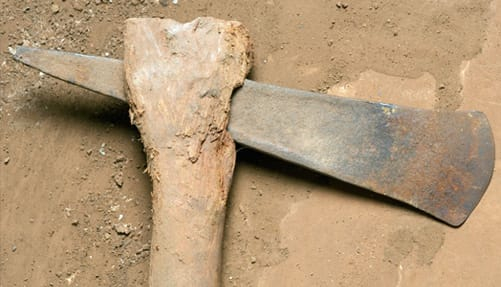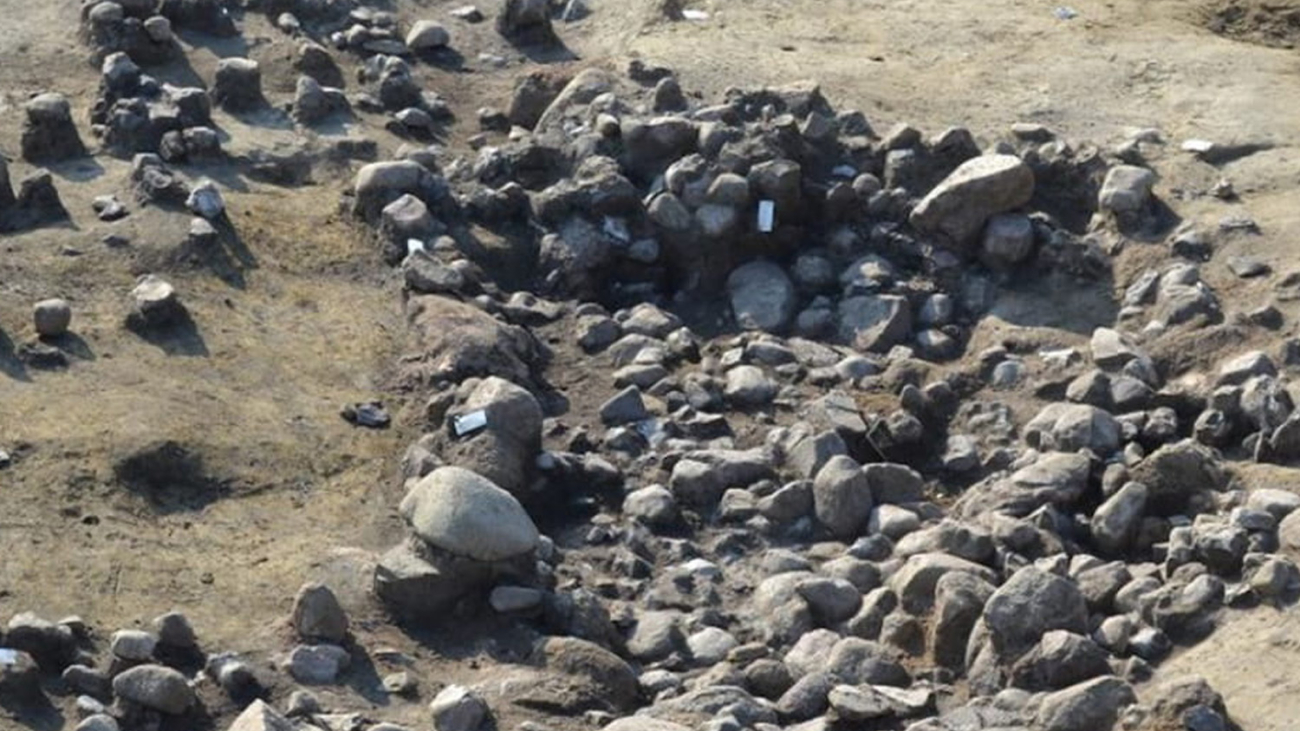What Remarkable Discovery Has Been Made?
Through a farm on the Danish island of Falster, a railway building has unearthed a fantastic 5,000-year-old Neolithic site exposing a technological wonder—a stone-paved root cellar. This vital discovery clarifies the superior methods of early agricultural communities.
A recent study examined the site under a paper titled “Stone-Paved Cellars in the Stone Age? Archaeological Proof for a Neolithic Underground Construction from Nygårdsvej 3, Falster, Denmark.” Noting that “the cellar represents a significant leap in technological advancement for resource preservation,” the researchers underlined the relevance of this discovery in comprehending the Neolithic era.
How Did the Funnel Beaker Culture Innovate?

About 6,000 years ago, the Funnel Beaker Culture emerged, signifying the first agricultural shift in the Scandinavian area and the domestication of cattle, sheep, and goats. This change resulted in a lazy way of life and helped megalithic tombs (dolmens), house construction, and landscape-altering projects to be built. The report notes that “this transition from a hunter-gatherer strategy to settled agricultural practices was a monumental shift in human history.”
Two separate periods of home building were found during excavations at Nygårdsvej 3. Built from a standard design derived from the Funnel Beaker Culture, known as the Mossby type, both constructions had inner posts supporting a big double-span roof. Phase two included 35, suggesting notable architectural planning; phase one included 38 post holes. “The meticulous planning evident in the construction shows the advanced skills of these early settlers,” the study notes.
What Advanced Building Techniques Were Used?
Within the buildings, the floors were of compacted loam—a mixture of sand and clay. Although loam flooring has been discovered in many civilizations around the globe, for Neolithic Danes, using loam would have been an innovative technology. The researchers observed, “Loam is a durable and effective building material; its continuous use in homes today highlights its enduring utility.”
Strategically placed on a modest elevation, the site offers a view over the surrounding terrain and keeps it free from flooding from adjacent bogs and streams.
What Artifacts Were Discovered?
Over 1,000 objects were unearthed from the site, including two fossilized sea urchins, ceramic fragments, and flint tools. These objects were primarily found in and around the aquatic stone-paved feature, which scholars liken to a cellar. Whether these relics gathered over time or were placed purposefully is still unknown.
A researcher said, “The discovery of the sunken feature is particularly fascinating.” “If this is a root cellar, it points to sophisticated knowledge of food preservation methods.”
Why Is the Root Cellar Significant?
Notable is also the stone-paved cellar itself. Scientists think it served as food storage based on its well-placed stones. ” Underground temperatures are far more consistent, free from major seasonal fluctuations. The scientists said cellars help keep food cool in summer and stop freezing in winter. “For an agricultural society, this would have been a great benefit since it would extend their capacity to survive between crops and during hard winters.”
Radiocarbon dating shows that while the second phase was built after 2800 BC, the cellar and the first dwelling phase were constructed between 3080 and 2780 BC.
What Mystery Surrounds the Fence?
Apart from the homes and cellar, seven rows of post holes were found, maybe traces of an outer fence. Domestic animal farming, landscape modification, or protective structures against hostile people or predatory animals could all have been used for this fencing.
Although the purpose of the fence is still unknown, radiocarbon dating shows that its building dates back several hundred years, implying a long-standing strategic relevance for the site. “The dating of these post holes opens up new questions about the activities and relationship of the early inhabitants with the landscape,” said a researcher.
What Does the Future Hold for Excavations and Research?
The possibility of fresh finds excites the archaeologists as they explore further the results at Nygårdsvej. “Surprise discoveries create more questions than answers, just like a root cellar in a Neolithic house would do. Future digs will try to shed light on the riddles the Nygårdsvej cellar raises and present a better view of early Funnel Beaker Culture living in Denmark,” they said.
Further highlighting the existence of Denmark’s ancient people, the discoveries from this Neolithic site promise to deepen our knowledge of the area’s early agricultural methods and social systems.

